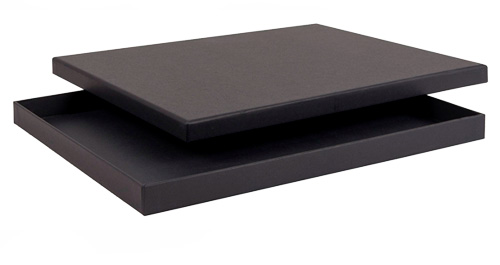Print Storage & Display Guidelines
How to Store your Inkjet Prints – Lyson Storage & Display Guidelines Print Storage and Display Guidelines
 Inkjet prints when stored and displayed correctly should last for many years. These guidelines have been written to ensure that your precious images will look as good for years to come as they do now for. The printing environment Choose your printing environment carefully. Avoid areas that can be affected by humidity, ie, in or near kitchens and bathrooms.
Inkjet prints when stored and displayed correctly should last for many years. These guidelines have been written to ensure that your precious images will look as good for years to come as they do now for. The printing environment Choose your printing environment carefully. Avoid areas that can be affected by humidity, ie, in or near kitchens and bathrooms.
Ensure that the environment is kept as dust-free as possible. Any device or process that emits an odour will be producing chemicals which could be harmful to the display-life of your inkjet images. For example traditional photographic processes should not be carried out anywhere near your inkjet printing. Inkjet Sublimation or solvent-based printing should also be carried out in a separate area. Pre-Print Preparation
• For high gloss and satin papers ensure that you handle the media using the corners only. Finger prints left on the media will be more visible once ink has been laid down on top.
• For natural fibre fine art papers it is advisable that the media be brushed lightly before loading into the printer. This will remove any dust on the surface that can cause the paper feed mechanism to loose it’s grip on the media over time. Take special care to remove any loose fibres on the edge of the paper.
• For Canvas sheets we advise using a backing sheet of thin card for the paper feeder. This helps to keep the canvas straight when being feed into the printer. Immediately after printing: Dos and Don’ts
• Do take your print to a dry environment away from sources of humidity, odour, and bright light.
• Do allow your print to dry thoroughly in this environment (this process is called “curing”) before mounting, Print Guarding, or framing.*
• Don’t stack prints on top of each other.
• Don’t allow the printed surfaces of the paper to be in contact with each other.
• Don’t allow the printed side of an image to be in contact with any other material during curing. Mounting and Displaying your prints
• Choose a position for your image away from direct sunlight or any other strong light source. The UV content of sunlight is harmful to inkjet inks.
• Display any print on matt, semi matt, satin, pearl or gloss paper in a sealed glass frame. Clip frames or frameless frames do not offer total protection and should be avoided.
• Do not use spray mount or any other adhesive to hold the image in place. Position the print in the frame window mount with low tack tape if necessary before placing in the frame.
• Be sure to seal the rear of the frame with tape to ensure that moisture cannot enter the frame housing.
• Using UV filtering glass can extend the print life further but the effectiveness of UV glass varies between different media and ink combinations.
• Canvas prints should be protected by a lacquer such as “Print Guard”. These lacquers can be applied by a brush or similar applicator.
• Test any lacquer for the first time on a reject print to ensure that no discoloration or loss of adhesion occurs. Also ensure that the lacquer has sufficient flexibility to be mounted on a canvas frame.
• Photo albums should have an acid-free tracing paper interleave for maximum protection, particularly for dye-based prints.
• Inkjet images can be laminated so as to have the same protection as a sealed glass frame. Cold lamination processes put less stress on the inks and are recommended over hot lamination. If hot lamination is necessary consult your media supplier for recommendations.
*The ideal length of time to allow for inkjet curing is 7 days, but we know this is not always achievable. Although prints may appear touch-dry virtually instantly there are certain chemical processes which continue to occur for the first week which release water into the surrounding air.
Framing or mounting a print before it is cured will be sealing it in an increasingly moist environment. This moisture can then cause effects such as colour bleed and discoloration. Dye-based prints require a longer curing time than pigment-based prints. Allow as long as possible for dye-based prints to cure before framing.